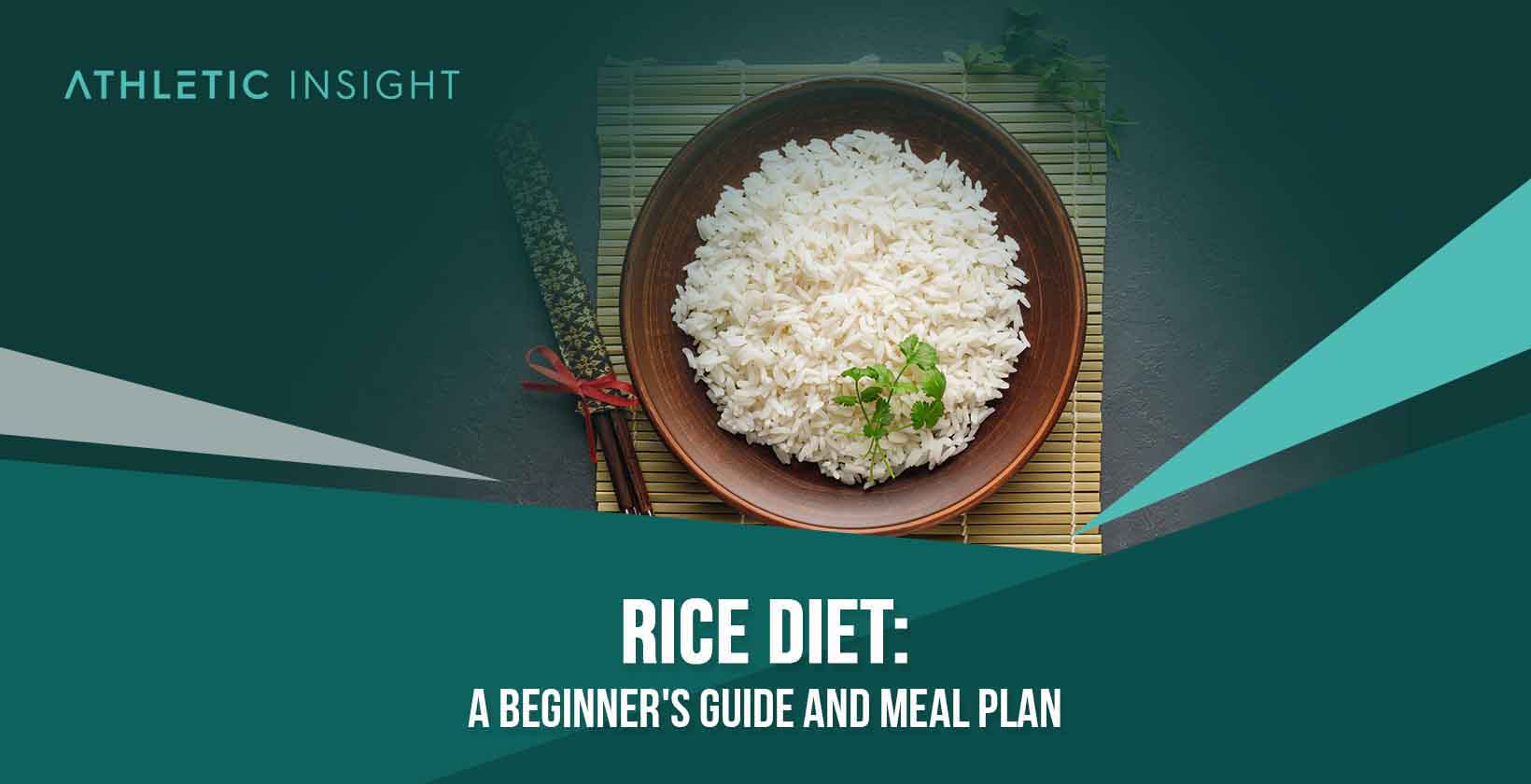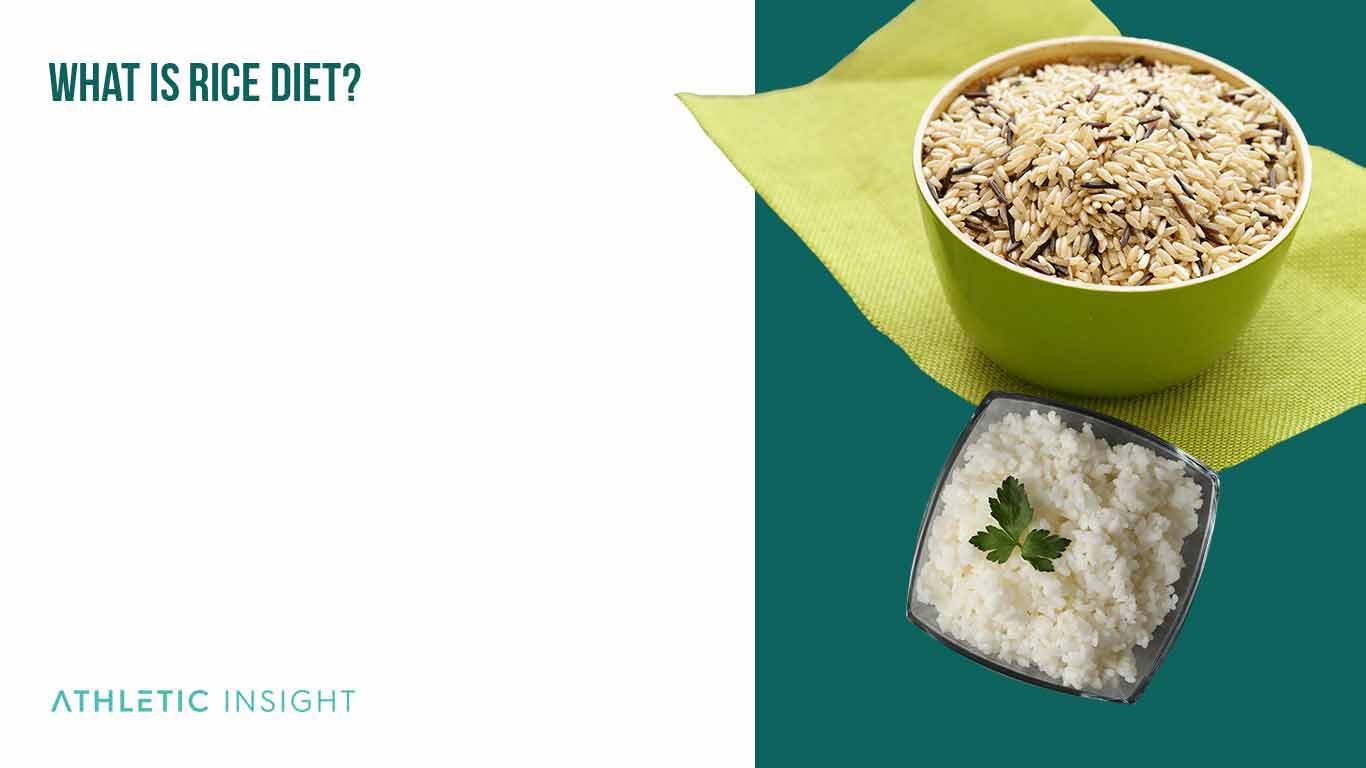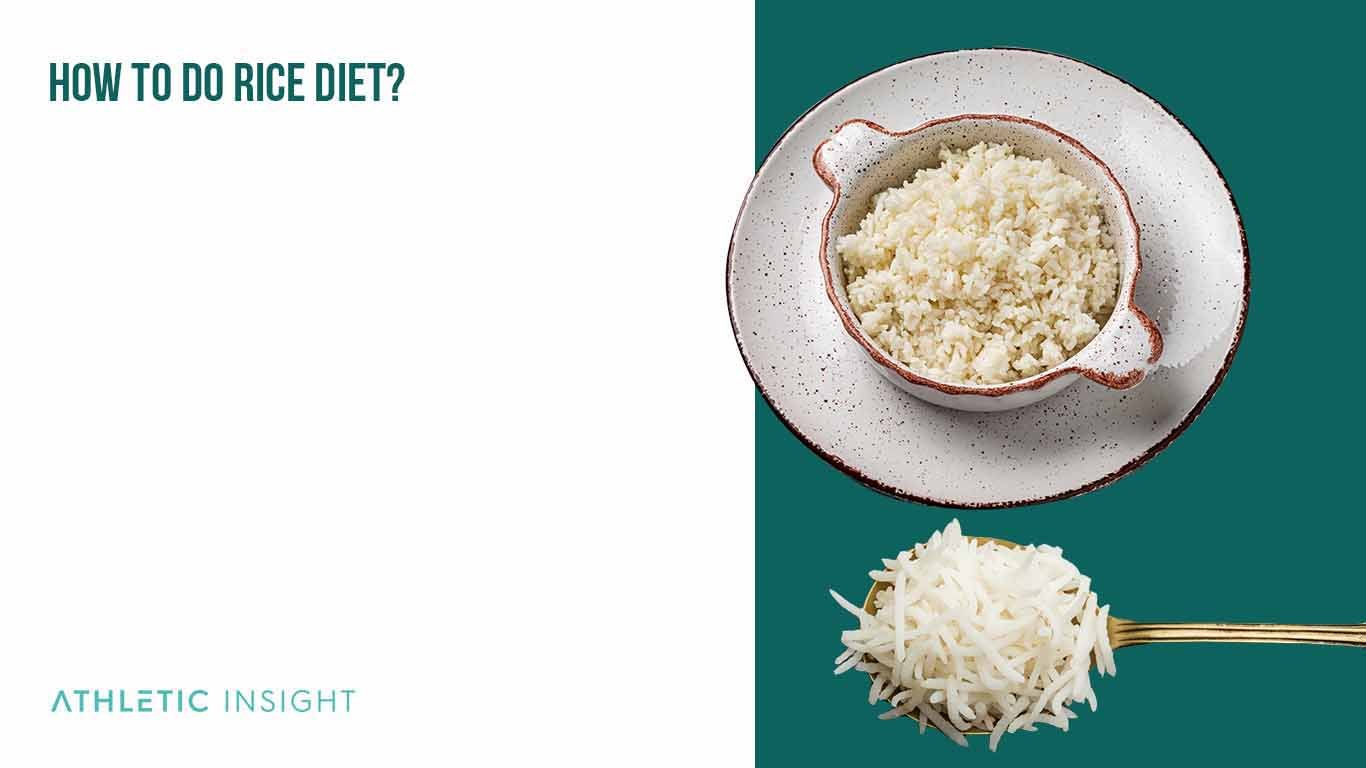

The rice diet is a low-fat and sodium, high-carb diet that consists of eatng rice and rice-based meals. The rice diet is almost 100 years old but it recently came back into the public eye when Kitty Gurkin Rosati published the book, “The Rice Diet Solution,” in 2006.

Best Supplements
Best Rated Supplements
NSF Certified & Tested
Supports Overall Health
Get 25% OFF, Forever!
*Fill out the contact form for your special discount.
The emphasis of this diet is limiting your body’s sodium intake. Sodium causes your body to absorb water which can cause bloating and excess water weight. By limiting the amount of sodium in your body, your body will shed excess water weight.
The rice diet also emphasizes the importance of low-fat foods and the need to avoid saturated fats. Fats can raise your harmful cholesterol levels, leading to an increased risk of heart disease and stroke. In addition to avoiding fats, the diet also restricts most dairy.
You can choose from several stages of the rice diet, depending on your health and the weight you would like to lose. Each stage includes different holistic practices you can implement to improve your dietary choices and behaviors. There is also an emphasis placed on exercise.
The rice diet has various health benefits, including improved digestion, cardiovascular health, and weight loss. For many, the diet is known as the rice weight loss method. However, talking to your doctor before beginning any new diet plan is essential.
If you are weighing the effectiveness of the rice diet, you have come to the right place. Please keep reading to learn everything you need about the rice diet, including its benefits, who it’s best for, what foods you should and shouldn’t eat, and a sample meal plan.

Over 1 Million 5-star Reviews
Access 3000+ Free Workouts
High Quality Manufacturing
Money Back Guatantee
Walter Kempner created the rice diet in the 1940s to treat hypertension and renal failure through the consumption of rice and rice-based foods. Hypertension is a severe medical condition that, if left untreated, can lead to stroke and other health complications. Meanwhile, renal failure is damage to the kidneys that can lead to a buildup of waste products in the body.

The theory behind the rice diet is that changing diets and making different lifestyle choices can help your kidneys rest and recover. More recent studies have demonstrated that the rice diet is an effective treatment for hypertension and renal failure but also obesity and several other disorders.
The rice diet medical abbreviation is RD or RSD, which stands for rice restriction diet. This diet got its name because rice was one of the primary food sources when Kempner initially experimented with it. He gave his patients a diet of white rice, sugar, fruit, juice, and supplements. The large amount of rice in this diet is where it gets its name.
The rice diet works by reducing the amount of sodium and fat consumed. Sodium causes your body to absorb water, leading to excess weight and bloating. By reducing the amount of sodium in your diet, your body will shed this extra water weight.
Low-fat foods are also essential to this diet. Consuming too much fat can lead to an increase in harmful cholesterol levels, which can then lead to an increased risk of heart disease and stroke.

Over 1 Million 5-star Reviews
Access 3000+ Free Workouts
High Quality Manufacturing
Money Back Guatantee
The rice diet primarily targets your kidneys and digestive system. Reducing the amount of sodium, animal protein, and dairy in your diet allows your digestive tract and kidneys to work less and will enable them to recover and heal themselves.
During the first week of the diet, you will notice some immediate changes. During the second and third weeks, you’ll see weight loss. Overall, the rice diet is a healthy and sustainable way to lose weight, improve kidney function, and reduce your risk of hypertension and other chronic diseases.
There are a variety of health benefits to the Rice Diet such as weight loss, improved kidney function, improved heart health, decreased cholesterol levels, decreased risk of hypertension, reduced inflammation, lower blood pressure, improved digestion, improved energy levels, mental clarity, and protection from type 2 diabetes.
The rice diet is a healthy and sustainable way to lose weight and improve your overall health.
Despite its benefits, some health risks associated with the Rice diet include nutritional deficiencies, irritation and anger, nausea, weakness and lethargy, and loss of muscle mass.

One million 5-star reviews
High Quality Manufacturing
Access to 3000+ Workouts
Money Back Guarantee
*The Number #1 Rated Best Budget Treadmill
The rice diet is particular and restrictive. You need to follow these steps closely to maximize the effectiveness of the diet. If the name didn’t give it away, rice and rice-based foods will be the main meal for most of the diet.

In addition to following these rules, the rice diet is a three-stage diet that steadily increases calorie intake.
The first phase of this diet is detox. The purpose of this stage is to remove the sodium, toxins, and water weight from your body. This phase lasts one week, and you can only eat 800 calories daily. You should follow the essential rice diet one day per week, which includes two starches and two fruits for breakfast, lunch, and dinner. It would be best if you consumed a Lacto-vegetarian diet for the other six days, including starches, vegetables, and fruit.
The second phase of the diet is weight loss. The length of this phase depends on your weight loss goals. People who follow this diet closely lose around 3.5 pounds per week. The second stage bumps up your calorie consumption to 1000 calories daily. One day per week, you follow the basic rice diet. Five days a week, you follow the Lacto-vegetarian rice diet, and on the seventh day of the week, you can eat a vegetarian diet plus rice.